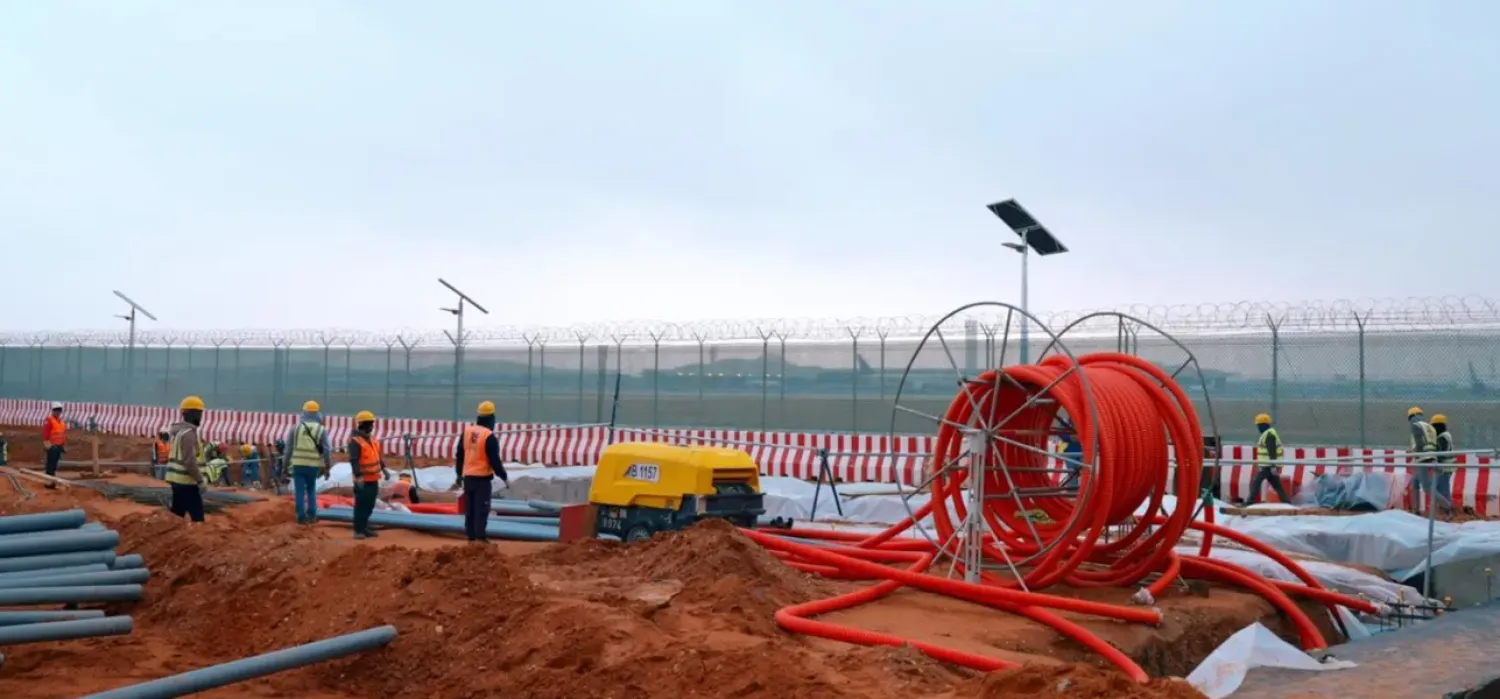The Moroccan government gave the green light on Friday for Chinese electric battery maker BTR New Material Group to build a factory near Tangier to produce key component cathode.
The plant, to be built at a cost of 3 billion dirhams ($300 million), will have a production capacity of 50,000 tons, Morocco’s investment ministry said.
The first output of 25,000 tons is expected in September 2026, the ministry said in a statement following the signing of the investment deal with BTR.
Moroccan officials have often pitched the country as a good location for EV battery factories because of its existing auto industry and renewable energy sectors, and the presence of raw materials including cobalt and phosphates.
Stellantis-owned Citroen has a plant in Kenitra in northwest Morocco with capacity to produce 50,000 supermini electric cars, while Renault and Stellantis-owned Peugeot make combustion-engine cars in Morocco, which is also a base for a cluster of car parts makers.
China EV Battery Maker to Build Cathode Plant in Morocco

A general view of Tanger-Med container port in Ksar Sghir near the coastal city of Tangier, Morocco, June 26, 2019. REUTERS/Youssef Boudlal/File Photo

China EV Battery Maker to Build Cathode Plant in Morocco

A general view of Tanger-Med container port in Ksar Sghir near the coastal city of Tangier, Morocco, June 26, 2019. REUTERS/Youssef Boudlal/File Photo
لم تشترك بعد
انشئ حساباً خاصاً بك لتحصل على أخبار مخصصة لك ولتتمتع بخاصية حفظ المقالات وتتلقى نشراتنا البريدية المتنوعة







